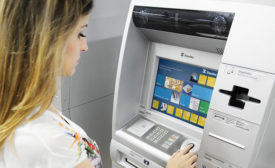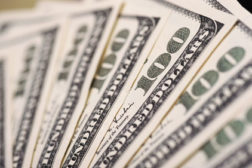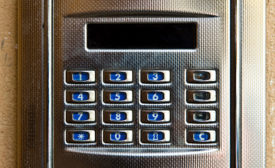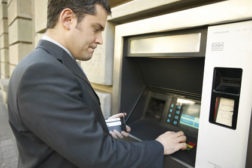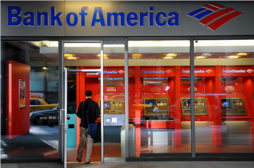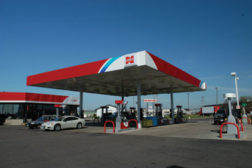Home » ATM security
Articles Tagged with ''ATM security''
Windows XP-Based ATMs Could Be Hackers’ Paradise
What could this mean for the banking and finance industry?
April 1, 2014
Sign-up to receive top management & result-driven techniques in the industry.
Join over 20,000+ industry leaders who receive our premium content.
SIGN UP TODAY!Copyright ©2024. All Rights Reserved BNP Media.
Design, CMS, Hosting & Web Development :: ePublishing
